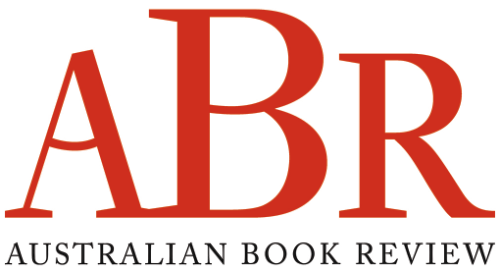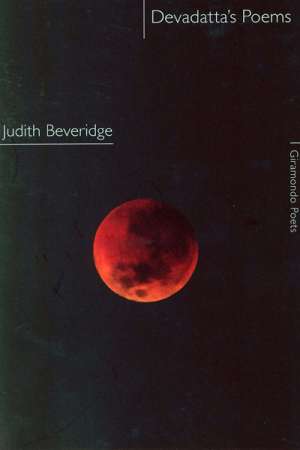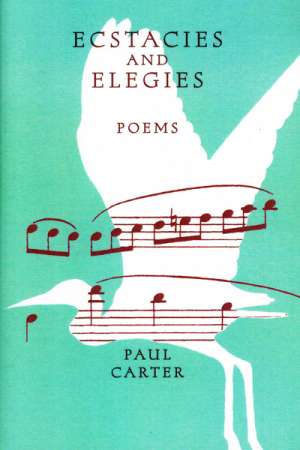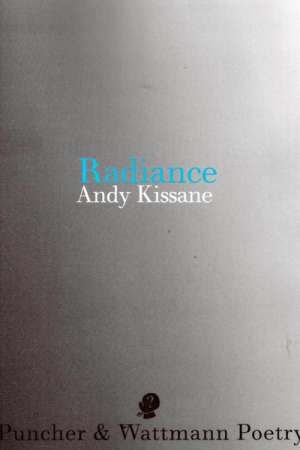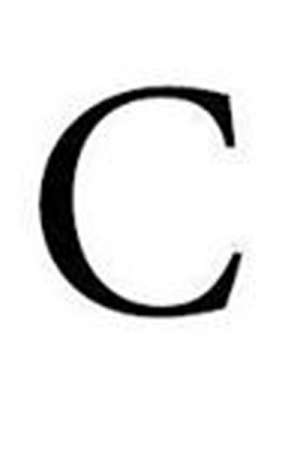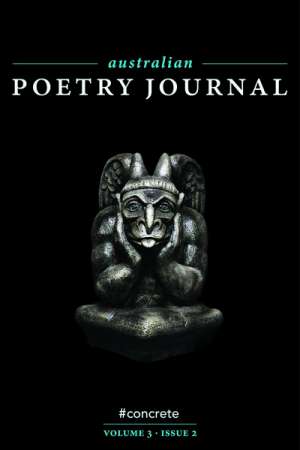Australian Poetry
Peter Kenneally reviews 'Devadatta’s Poems' by Judith Beveridge
Seeking perfection or ‘enlightenment’ requires a monastic devotion to the life of the spirit and a rejection of material comforts. Judith Beveridge’s writings about the young Buddha and his cousin Devadatta bring out all the intricacies and contradictions inherent in such a quest.
This new volume, Devadatta’s Poems, holds up a kind of mirror to ‘Between the Palace and the Bodhi Tree’, the middle section of her book Wolf Notes (2003), which depicted Siddhārtha Gautama’s travels and contemplations before he became the Buddha. The earlier work is marked by its quiet determination, matching Siddhārtha’s, to look precisely, without wanting, and to be simply an existence among all the others.
... (read more)Jennifer Harrison reviews 'Ecstacies and Elegies: Poems' by Paul Carter
It may seem strange to begin a review of Paul Carter’s extraordinary poetry collection by quoting the words of another writer, but these lines of Boris Pasternak’s – taken from his essay in The Poet’s Work (1989), a collection of writings by twentieth-century poets on their art – seem particularly pertinent:
... (read more)'Photograph – Mekong Delta, 1965', a new poem by Katherine Gallagher
The woman’s hands
are tied behind her back –
her hands are not allowed
to speak for her.
The interrogator lays his knife
Andy Kissane’s fourth collection, Radiance, is a heartening answer to those who, like publisher Stephen Matthews, lament that ‘many modern poets choose to shroud their work in point-scoring obscurity at a time when clarity and accessibility might encourage more people to read poetry’. Kissane doesn’t address this issue directly, but his book is an important negative instance.
... (read more)'The Bluetongue as an Answer to the Anxiety of Reputation', a new poem by Andy Kissane
Three bluetongues reside in our steep bush garden
of sandstone ledges and the stumps of fallen trees.
One is content to doze under a rock while around her
everyone chatters; one lost the pointy end of its tail
Peter Kenneally reviews 'Cordite Poetry Review', issue 46 edited by Kent MacCarter
The latest edition of this exclusively online poetry journal has no theme, but Cordite’s managing editor, Kent MacCarter, makes a virtue of its lack of subject. He builds the edition around a chapbook he has collated that is called ‘Spoon bending’, arguing around and against the proposition that ‘There’s no such thing as a good poem about nothing’, and opening with a splendidly effervescent argument in favour of hybridisation and play in poetry.
... (read more)Des Cowley reviews 'Australian Poetry Journal', vol. 3 no. 2 edited by Bronwyn Lea
My first encounter with concrete poetry came via Apollinaire’s Calligrammes (1918), specifically his eye-catching poem ‘Il Pleut’. With its gently cascading words falling down the page, it was immediately clear that the typographic arrangement of the poem was of far greater import than its semantic content.
Although the term was not coined until the 1950s, concrete poetry draws upon traditions as diverse as ancient Greek shaped poems, Lewis Carroll’s ‘The Mouse’s Tale’, and the typographic experiments found in early twentieth-century Dada and Futurist publications. Despite this, concrete poetry has historically fallen between the cracks of various critical discourses. Is it art or is it poetry?
... (read more)The springing point was where they took off from,
where the impost, set on good footings,
joined the arch and assured its leap and span
of water’s being there yet flowing on.
Nothing is whiter,
like clouds with the sun inside them.
Nothing is smoother,
like clouds and the moon beside them.
I was reading a poem in that upstairs sunlit room
when I looked up and thought I saw you, Harry,
standing beside the window across from the apartment
where laundry hung outside like a fireman’s ladder snaking
